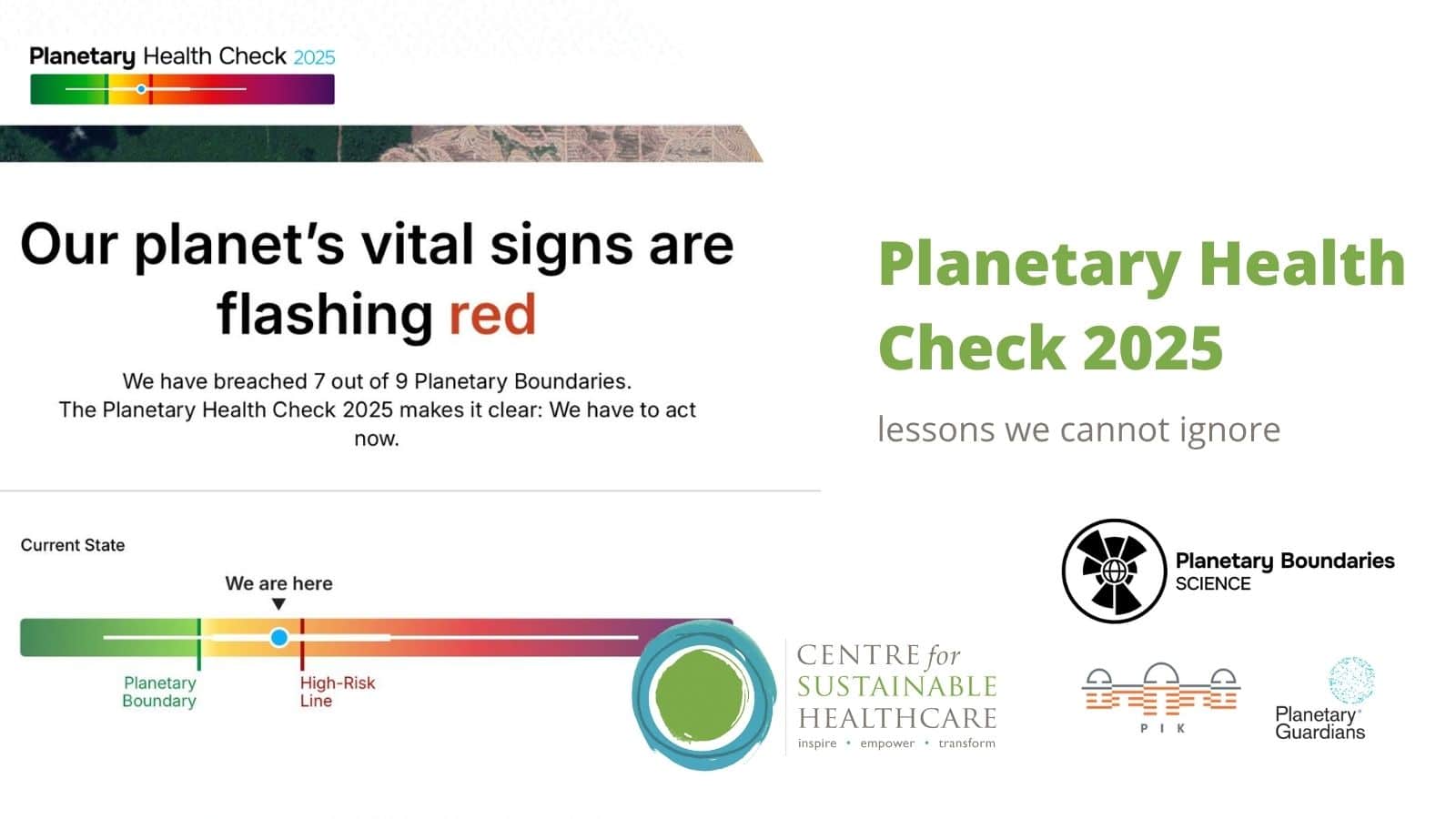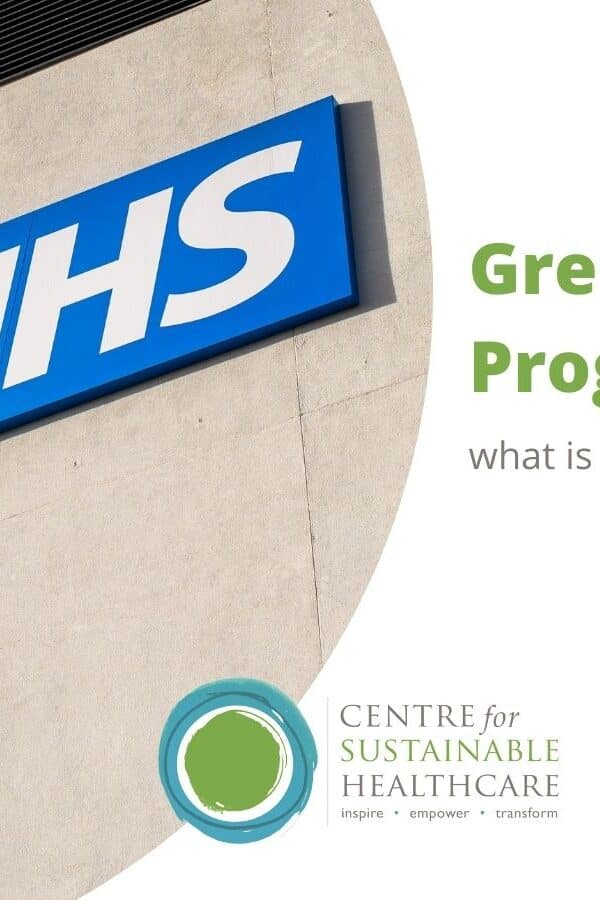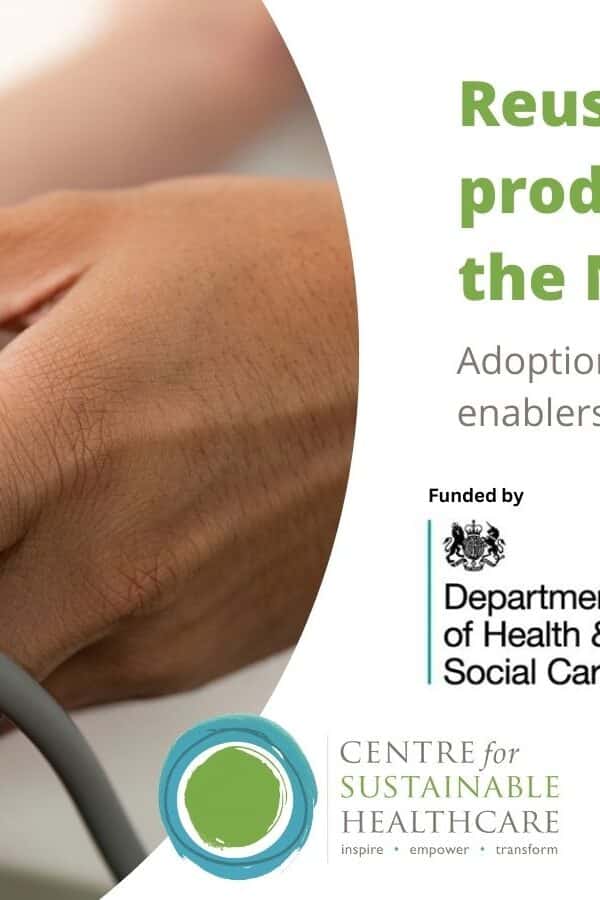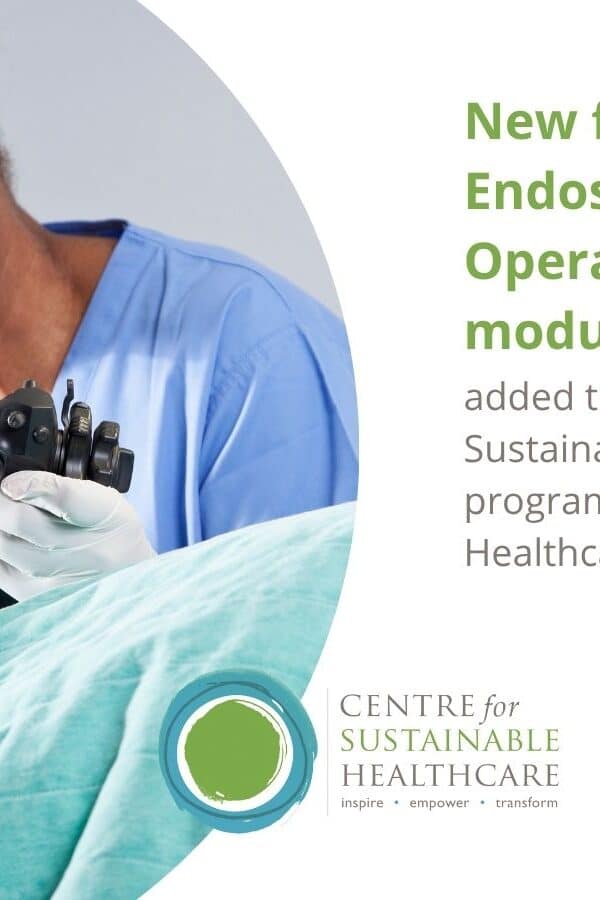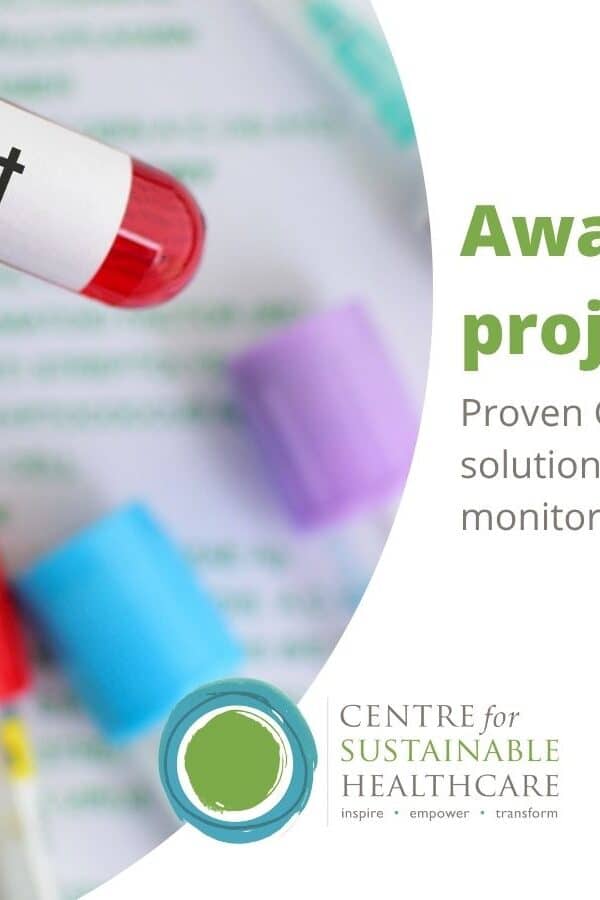The Planetary Health Check 2025 makes for unsettling reading. Produced annually by the Planetary Boundaries Science (PBScience) project, in collaboration with the Planetary Guardians and partners, it assesses the state of the Earth system against the scientifically defined planetary boundaries. These boundaries act as guardrails for the planet’s resilience, helping us understand whether we remain within the safe operating space for humanity.
Living beyond safe limits
This year’s report shows that humanity has already pushed seven of nine planetary boundaries beyond their safe limits. These boundaries — from climate stability to biodiversity and, now, ocean chemistry — represent the essential guardrails that keep Earth habitable. When they are respected, the planet remains resilient, a reliable home. When they are breached, resilience falters, and life-support systems begin to fail.
When the planet becomes the patient
For those of us in healthcare, the parallels are striking. A patient’s body, like the Earth, has thresholds. We monitor vital signs and run diagnostic tests precisely to avoid crossing those invisible but critical lines where recovery becomes harder, and sometimes impossible. Just as unchecked hypertension can lead to stroke, or unmanaged infection to sepsis, neglecting planetary boundaries carries consequences that cascade through interconnected systems. The newly assessed breach of ocean acidification is a stark example: changes in chemistry destabilise marine ecosystems, which in turn threatens food security, livelihoods, and global health.
From a healthcare sustainability lens, these findings are critical: ecological destabilisation drives rising disease burdens, threatens nutrition and global food security, supply chain vulnerabilities and escalating costs of care.

“‘Planetary limits are patients’ limits: healthcare cannot thrive if ecosystems fail.’ The report underscores the urgent need for healthcare systems to integrate planetary health principles, ensuring both population wellbeing and the resilience of care delivery within Earth’s ecological limits.”
Dr Kennedy Mutua, Sustainability Analyst at the Centre for Sustainable Healthcare
Prevention is better than cure
The report underscores that we are living in the Anthropocene — an era where human activity dominates planetary systems. In healthcare, we are familiar with this tension: our interventions can save lives, but they can also carry risks if poorly managed. Medicine teaches us that prevention is always better than cure. The same is true for planetary health. Acting early, respecting the evidence, and safeguarding resilience are our best tools to protect both the planet and ourselves.
Finding grounds for hope
There is, however, hope in this framing. Healthcare professionals are skilled at guiding patients back from the edge: stabilising, restoring balance, and building long-term resilience. These same principles must now shape how we care for the planet. The Planetary Health Check is more than a scientific update; it is a call to action. It reminds us that our collective health depends on the health of the systems that sustain us.
From insight to action
So, what can we do? The answers lie in scaling up what we already know works. Healthcare organisations can lead by example: cutting emissions from estates and supply chains, reducing waste, and transitioning to renewable energy. Clinicians can embed sustainability in practice — from prescribing with environmental impact in mind to supporting active travel and healthy, sustainable diets. Research and education must continue to highlight the deep connections between planetary and human health, ensuring the next generation of practitioners sees sustainability not as an add-on, but as core to good medicine.
Using our trusted voice
Perhaps most importantly, we must use our trusted voices. As advocates for health, we can bring clarity to complex debates, frame planetary stability as a public health priority, and inspire action beyond the clinic walls. Just as we encourage patients to make small, cumulative changes for long-term wellbeing, so too can societies make collective choices that bring us back within safe planetary boundaries.
A shared health imperative
The message is clear: we cannot treat planetary health as separate from human health. Just as medicine requires vigilance, collaboration, and evidence-based action, so too does safeguarding Earth’s resilience. To step back within safe boundaries is not just an environmental goal, it is a public health imperative, and one that carries within it the possibility of a healthier, fairer, more sustainable future for all.

